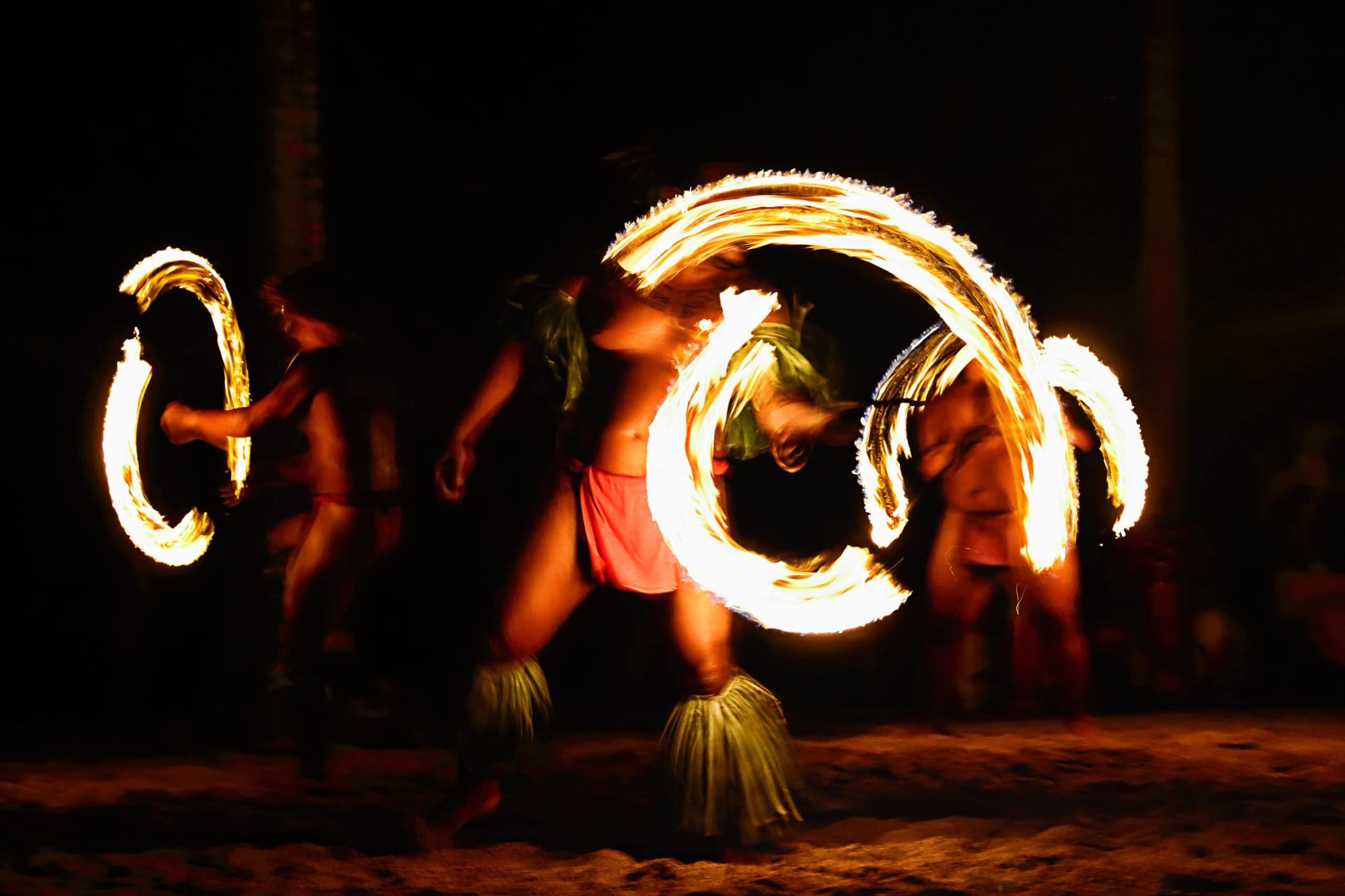The mano pa’ele (blacktip reef shark) is a fascinating tropical inhabitant. While some view this sleek creature as just another apex predator, it plays a vital role in Maui’s coral reef ecosystem. There are 40 shark species found in Hawai‘i, but the blacktip reef shark is among the most common.
Generally not considered dangerous to humans, blacktip reef sharks dine on mainly small fish, crustaceans and squid. However, should you encounter one of these sharks during a day you’re in Maui, always be respectful of their environment and do not provoke them to avoid a potentially dangerous situation.
Blacktip reef sharks hold a special significance in Hawaiian culture as some families took this shark as their ‘aumakua (guardian spirit), symbolizing resilience, guidance, and respect. But due to overfishing and habitat loss, blacktip reef shark populations are declining and are now considered near threatened. In fact, the five main shark species that live on coral reefs—including grey reef, whitetip reef, nurse, Caribbean, and blacktip reef sharks—have declined by an average of 63 percent globally. But with conservation efforts underway these elegant sharks are at the forefront of our protection.
Masters of the Coral Realm
Blacktip reef sharks live up to their name, reigning supreme in the intricate world of coral reefs. They are considered a keystone species, meaning they play a critical role to the survival of other species within an ecosystem. Blacktip reef sharks maintain a delicate balance between a variety of fish—including uhu (parrotfish) and lauwiliwili nukunuku ‘oi‘oi (longnose butterflyfish)—sea critters and mammals, and our coral reefs.
Blacktip reef sharks play a crucial role in maintaining the balance of reef ecosystems by predating on various fish populations. This prevents overgrazing by herbivores, which can damage the coral and disrupt the entire food chain.
Why’s this matter? Algae and corals have a symbiotic relationship. Corals provide protection and algae offers energy to survive. When corals lose their algae cover, they die. If too many algae-munching fish enjoy an underwater plant salad, it leads to corals’ demise.
Ironically, if there are too few algae eaters, it leads to overgrowth and corals can still die. It’s a big responsibility, but one the blacktip reef shark accepts, all in an effort to keep an at-risk ecosystem thriving.
Blacktip Reef Sharks Habitat and Range
Blacktip reef sharks are global citizens, found along the Pacific coastlines of countries stretching from Thailand to Japan, and the Philippines to northern Australia. They’ll also make an appearance in the Indian Ocean, from South Africa to the Red Sea. And of course, we’re glad they call the waters around Hawai‘i home too.
While they stamp their passport globally, individual blacktips tend to remain in a particular area for extended periods of time, and often for years at a time.
Blacktips prefer shallow water—typically depths of six to 65 feet—but they are surprisingly adaptable and aren’t shy of deeper water. Although their preferred hunting ground is closer inland, if prey ventures farther out, a blacktip will likely follow.
Regardless of how far these fearless swimmers go, they’ll always return to the haven of the wonderful and intricate web of calcium carbonate that is a coral reef. And when a blacktip needs a little R&R, you can find them in a sandy lagoon, where they’ll rest and digest their food.
Hunting and Feeding Behaviors of Blacktip Reef Sharks
A blacktip reef shark is well equipped to sneak and swim their way through the intricate reef systems. They have what are called fusiform body shapes, which means they’re designed for agile movements. Along with short snouts and angled teeth, even prey hiding in the maze-like crevices of a reef system aren’t safe.
They’re also champions of camouflage. Their grayish-blue bodies blend in with the reef’s backdrop and a distinctive white streak on each side of their body offers countershading. This is essentially an invisibility cloak from below. And when it comes to their predators, the black tips on their fins cause a moment of distraction to give them a chance to escape.
They are not picky eaters themselves, dining on fish, crustaceans, squid, sea turtles (although rare), and carrion, which is the decaying flesh of dead reef species. By eating virtually anything that moves—or in the case of carrion, what doesn’t move—blacktips thrive in diverse reef ecosystems.
Blacktip reef sharks are masters of the ambush and have two remarkable genetic hunting traits. First, they have an amazing sense of smell. They’ll detect blood and chemical cues from injured or stressed prey and stalk them for long distances. Second, they possess something called electroreception. Small jelly-filled pores in their snouts pick up electrical fields emitted from fish. Essentially they detect the electrical current from nearby prey, giving off a unique ability to hunt in murky and dark waters.
As for their ability to move, their streamlined bodies and powerful tails allow for sudden bursts of speed and unsuspecting prey is caught by surprise. It’s a quick and efficient meal, like an underwater fast-food drive-thru.
While they may hunt alone, blacktips are social creatures and often gather in small groups, engaging in a cooperative approach to overwhelm their prey. It’s an unbelievable underwater coordination that further shows the beautiful complexity of these unassuming reef rulers.
Are Blacktip Reef Sharks Dangerous?
Blacktip reef sharks are generally not considered dangerous to humans. They are known to be a bit timid and skittish, and avoid close contact with humans. They’ll typically flee if approached.
With that said, it is important to highlight the risks because blacktip reef sharks are wild sea animals. While they don’t pose a serious threat to humans, the International Shark Attack File (ISAF) has recorded 11 unprovoked blacktip reef bites on humans since 1959 (we’re talking over 65 years).
How do you avoid issues with a blacktip reef shark?
- Maintain your distance: Don’t approach or try to touch any shark species in their natural habitat.
- Stay alert: Know your surroundings while swimming in areas known to be frequent blacktip hangouts.
- Avoid erratic movements: Sudden splashes or turbulent movements can attract a shark’s attention and put you in a precarious spot.
All in all, they are not inherently aggressive towards humans. But if you’re a diver or snorkeler, you’re venturing into their domain so exercise caution and maintain safe reef exploring practices.
Interested in more sharks? Visit our marine life page for more Maui locals.
When traveling to Maui there will never be a shortage of things and places to see. Make sure you’re always abiding by local and cultural laws when exploring the natural beauty of Maui and most importantly, relax! That’s what you came to do after all.





